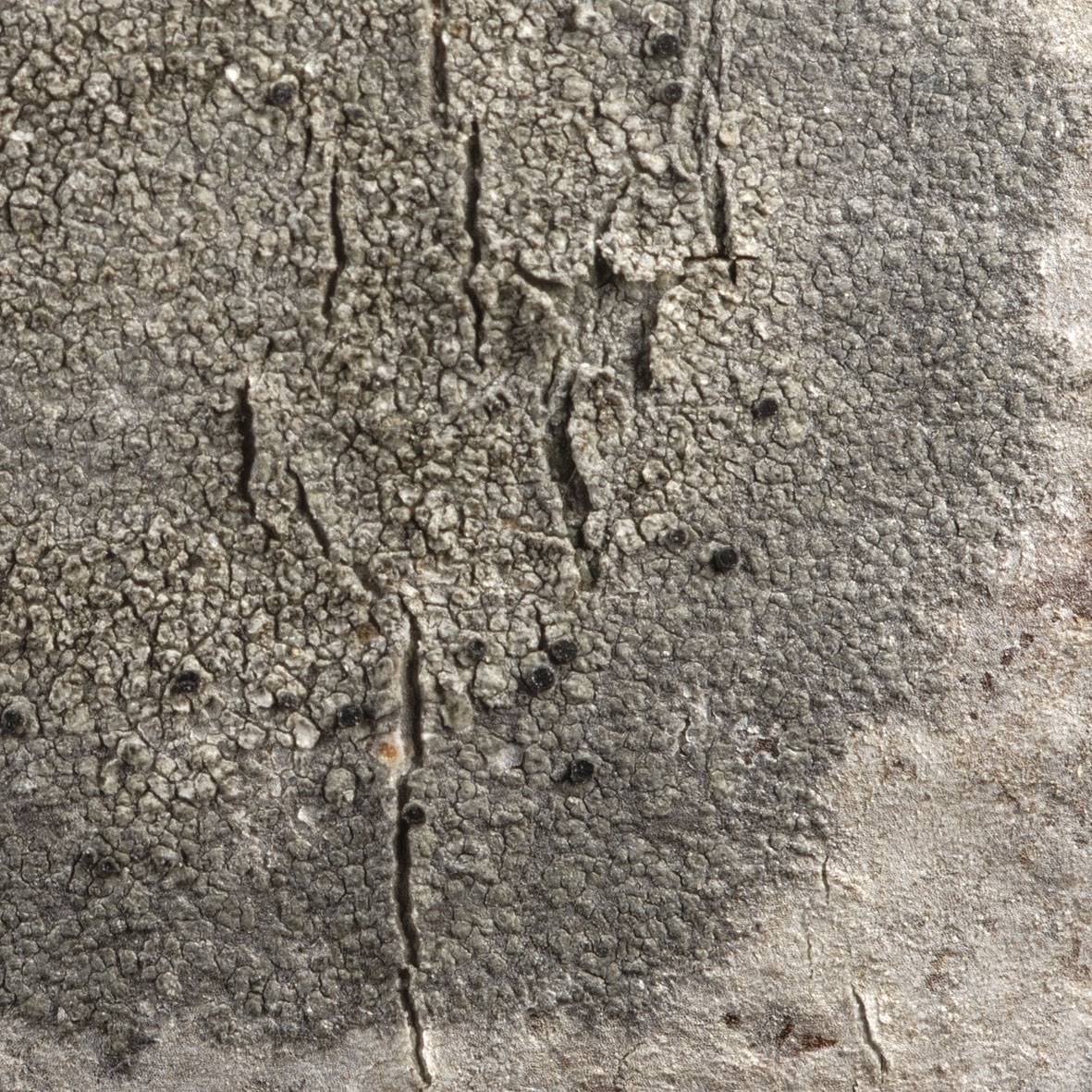
Consortium of Lichen Herbaria
- building a Global Consortium of Bryophytes and Lichens as keystones of cryptobiotic communities -
- Home
- Search
- Images
- Species Checklists
- US States: O-Z >
- US National Parks
- Central America
- South America
- US National Parks
- Southern Subpolar Region
|
Family: Teloschistaceae |
Nash, T.H., Ryan, B.D., Gries, C., Bungartz, F., (eds.) 2007. Lichen Flora of the Greater Sonoran Desert Region. Vol 3. Life habit: lichenized occasionally lichenicolous Thallus: little or none, crustose, areolate, squamulose, placodiform, subfruticose, immersed or leprose; prothallus: black, orange, or white or not visible surface: various shades of orange, red, yellow, gray to white, brown, or black, smooth or verruculose or pruinose or shiny or deeply cracked, white to yellow orange to black; soralia, isidia, phyllidia, or lobules present or absent cortex: present or indistinct, thick to thin, amorphous, of adglutinate hyphae or paraplectenchymatous Apothecia: immersed, adnate or stipitate, lecanorine or lecideine disc: various shades of orange or red, yellow, gray, brown or black, flat, convex or concave, epruinose or pruinose margin: persistent or excluded; thalline margin present or absent; proper margin visible or not parathecium: amorphous, with radiating hyphae, elongated cells, or paraplectenchymatous; hypothecium hyaline, amorphous to paraplectenchymatous hymenium: hyaline epihymenium: golden, brown or gray paraphyses: with swollen tip cells or not swollen, frequently branched or not branched asci: cylindrical, 8- or occasionally 4-spored ascospores: hyaline, with 2 locules or rarely 4 locules, ellipsoid, spore end wall thin or thickened Pycnidia: present or not seen, mostly immersed or totally immersed; ostiole red, shades of orange or black Secondary metabolites: various anthraquinones, thalloidima green, or no substances Geography: cosmopolitan, especially abundant in arid habitats. Notes: The genus Caloplaca is very variable in all characters except for the typical Teloschistacean ascus. Most spores have an isthmus and two locules but some spores have a poorly developed isthmus or three or more locules. The thallus may vary from totally immersed to subfruticose and ranges in color from typically orange to gray or brown. Asexual propagules include the well known soredia and isidia, and also lobules (small lobe-like structures) and phyllidia, that are not lobe-like and are constricted at the base. Most species have a complex set of anthraquinones but a significant number of species totally lack anthraquinones and some of these have various non-crystallizing substances. Spores and tissue measurements are made in water. The epihymenium is included in the measurements of the hymenium. The spot test abbreviations are: 25% KOH (K), sodium hypochlorite (C), concentrated nitric acid cN, 10% nitric acid (10% N), concentrated HCl (H). Observation of the color reactions should be made on sections on a slide under a compound microscope. Normal and mature spores must be studied. Many times asci of species that normally have 8 spores per ascus have 4-6 spores and these spores are much larger than typical for the species. There are often old spores with an abnormal isthmus due to old age of the spores. The spores of fresh collections must be treated with heat for standard measurements of the isthmus. Several Sonoran taxa remain unidentified because too few collections have been seen or types of related species have not been studied. They are included here without names. |
Powered by Symbiota









